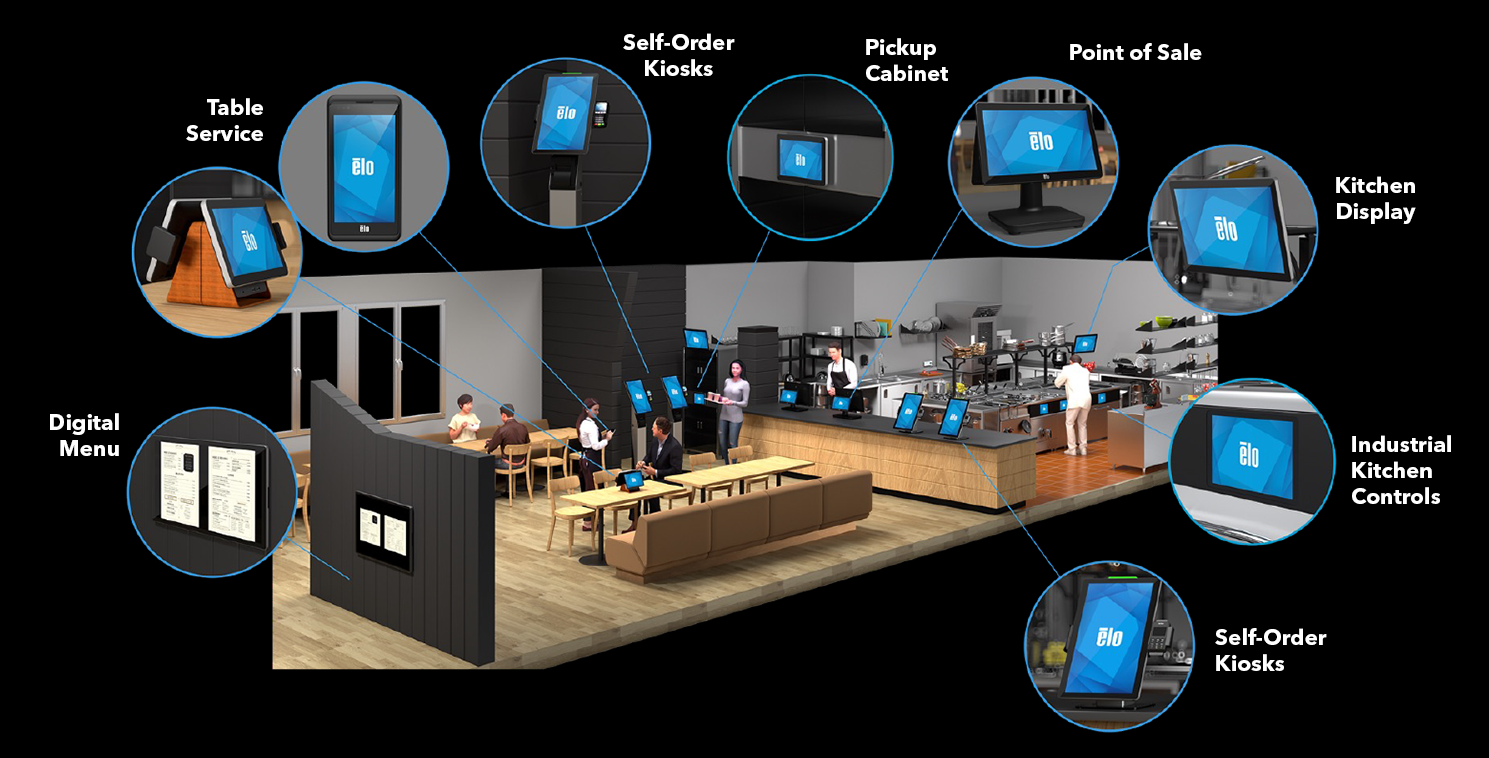November 22, 2022
How Quick Service Restaurants Are Leveraging Self-Service TechHow Quick Service Restaurants Are Leveraging Self-Service Tech

When diners report why they prefer one restaurant over another, their answer is pretty easy to predict. According to the 2022 Diner Trends Report, 68% of customers say that food quality is the most important factor they consider when choosing a restaurant. That edges out other factors like price and location.
After that, what they want is a little more complicated.
Customers' thoughts about restaurants have completely changed over the past several years. They still want the food they crave, but the how and where have changed.
Consider how customers place their orders these days. In quick service and fast casual restaurants, customers have made it clear that they want to skip the counter altogether. According to a survey by the digital ordering platform Tillster, 65% of customers said they would visit a restaurant more often if it offered self-service kiosks. Another 30% of customers said they prefer to order from a touchscreen kiosk versus a cashier, even if the lines are of equal length.
Restaurants have noted this trend and moved quickly to install touchscreen devices. Crunching the numbers, they've realized that having a tech-enabled front of house does more than keep their customers happy. It can also have a positive impact on their business as a whole.
A focus on new technology
According to the 2022 POS Software Trends Report, restaurant owners and operators are focused on enabling new technology to break the bottleneck at the cash register. About 64% of restaurants are adding new payment options, such as e-wallets. Customers have responded enthusiastically to all of these changes.
In addition, 58% of restaurants are adding more self-service options. Beyond line-busting technology, touchscreen kiosks drive sales, improve efficiency, and increase customer loyalty. They can also integrate seamlessly with new technology in the kitchen, speeding up the entire process.
According to the National Restaurant Association, 79% of diners say self-service kiosks have made a big difference in convenience. Here are some of the reasons why self-service kiosks have caught on in a big way:
Beating the line. It's no secret that Americans hate waiting in line. A recent report revealed that over 75% of customers would leave a line because they perceive it as too long. Fewer lines in front of the cash register and smaller crowds waiting for their order make restaurants more welcoming for guests walking in the door.
Shortening the wait. Studies reveal that orders placed through self-service kiosks take about 40% less time to process. Restaurant owners and operators appreciate this because it increases the number of transactions they can handle, especially during peak times.
Increasing check size. Even the most conscientious employee often forgets to upsell. Computers don't have that problem. Self-service kiosks help increase the average check size by 15% to 20% by making suggestions based on customer purchasing behavior.
Improved order accuracy. Inaccurate orders make customers far less likely to return. Of those who've gotten a mixed-up order, about 20% say they wouldn't order food from the restaurant again. Self-service kiosks help preserve an eatery's reputation and revenue.
Leveraging data with loyalty programs
Another advantage to self-service ordering: restaurants can gather data about their customers to improve their experience. Of restaurants that are beefing up their point-of-sale technology, 86% are leveraging the information they collect to enhance their loyalty programs.
Loyalty programs have become a must-have for most quick-service restaurants. According to the software company Paytronix, loyalty spending hit the highest level on record in 2021. The company said that even with rising inflation, loyalty programs continue to be a valuable source of revenue for restaurants, which often operate on razor-thin margins.
McDonald's, one of the industry's most prominent players, launched its much-awaited loyalty program in the middle of 2021. So far, the company says, its loyalty program has driven a 14% increase in same-store sales.
Integrated self-ordering kiosks in the dining room with similarly advanced technology in the kitchen help streamline operations. Orders from the dining room are sent instantly to Kitchen Display Systems. These touchscreen devices — some of their tablets designed for individual cooks, others wall-mounted units visible to everyone in the room — keep the kitchen running smoothly. Orders get routed to the right areas, such as the grill or the fry station. Dishes can be prioritized by how long they take to prepare.
A KDS also makes inventory management easier. A KDS calculates ingredients to use, minimum inventory levels reached, and reorder needs. This technology enables the restaurant to have one purchaser for all restaurants, thereby removing inventory management from the restaurant's responsibility.
When it's often difficult to find the right staffers, self-service kiosks can repurpose employees for tasks that matter. Employees that used to stand behind the cash register can now perform other customer-focused tasks, such as greeting them in the dining room. It's no wonder that when existing locations are retrofitted with self-service kiosks, customer satisfaction scores rise.
Not long ago, self-service kiosks were a novelty that customers glanced at on their way to the cash register. Today, they're not just necessary to take customers' orders but as an integral part of any quick service and fast-casual restaurant.